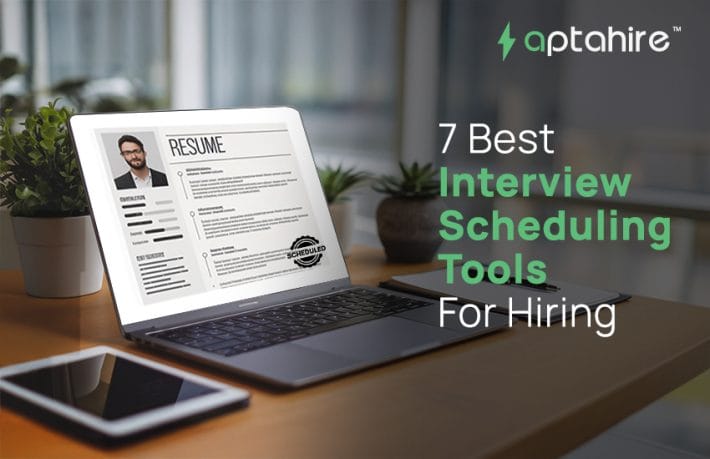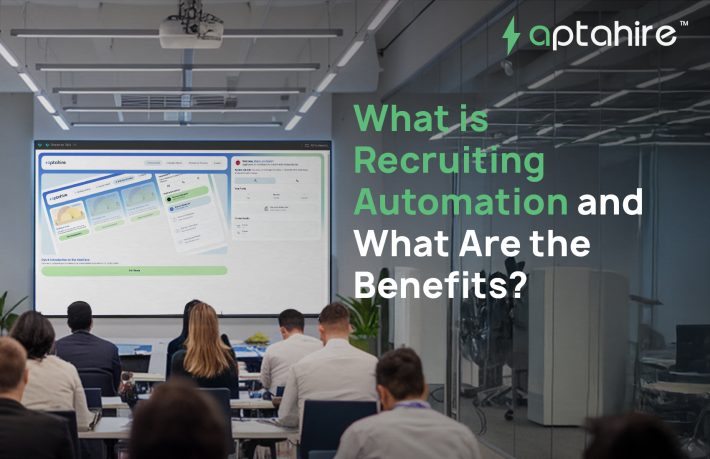Addressing Bias in Hiring: 5 Practical Steps for Recruiters

Introduction
As an HR expert, I understand that hiring is one of the most critical processes for any organization. The selection of the right candidates can significantly influence a company’s growth, productivity, and overall success. However, despite our best efforts to ensure fair and objective decisions, biases often creep into the hiring process, sometimes unknowingly.
These biases, whether conscious or unconscious, can negatively impact not only the diversity of the workforce but also the quality of the recruitment process. They can lead to overlooking top talent, reinforcing stereotypes, and creating an unfair workplace. In this blog, I will explore the different types of biases in hiring, the consequences of unconscious bias, the benefits of reducing bias, and the strategies that recruiters like myself can implement to make more inclusive, unbiased hiring decisions.
By recognizing these biases and taking steps to minimize them, we can create a more equitable hiring process that leads to better outcomes for both candidates and organizations alike. Let’s dive into the various aspects of this crucial topic.
Types of Biases in Hiring
1. Unconscious Bias
This is when individuals make decisions based on preconceived notions or stereotypes, often without realizing it. Unconscious bias can be related to gender, race, ethnicity, age, or even academic background.
2. Affinity Bias
This happens when recruiters favor candidates who share similar interests, backgrounds, or experiences to themselves. It often leads to hiring candidates who are similar to existing employees, which limits diversity.
3. Confirmation Bias
Confirmation bias occurs when recruiters focus on information that supports their pre-existing beliefs or expectations about a candidate, overlooking contrary evidence.
4. Halo Effect
This bias happens when recruiters allow one positive trait (e.g., a candidate’s education from a prestigious university) to influence their overall judgment about the candidate’s abilities and suitability for the role.
5. Gender Bias
Gender bias refers to the preferential treatment of candidates based on their gender. This often leads to underrepresentation of women in leadership roles or technical fields.
6. Racial and Ethnic Bias
Racial and ethnic bias can lead to favoring candidates from certain racial or ethnic backgrounds, causing minorities to be overlooked despite their qualifications.
7. Age Bias
Age bias involves favoring younger candidates over older ones, or vice versa, based on stereotypes about work ethic, adaptability, or experience.
Did you know?
According to a McKinsey & Company report, companies with greater diversity in the workforce are 33% more likely to have above-average profitability.
The Consequences of Unconscious Bias in Hiring
The impact of unconscious bias can be significant, both for the organization and the candidates.
1. Reduced Diversity
Unconscious bias often results in homogenous hiring, reducing diversity in the workplace. Lack of diversity in teams can limit innovation, creativity, and perspectives, which are essential for problem-solving and growth.
2. Missed Talent
Candidates who could bring fresh ideas, skills, and innovation to the organization may be overlooked due to bias. This can result in missed opportunities to hire top talent.
3. Legal and Ethical Risks
If biases result in discrimination against certain groups (based on race, gender, age, etc.), organizations could face legal challenges or damage to their reputation.
4. Negative Workplace Culture
Biases in hiring often lead to a workplace culture that lacks inclusivity and trust. This can harm employee morale, engagement, and retention.
5. Poor Decision Making
When hiring decisions are made based on bias rather than merit, the quality of hires declines. Over time, this can impact team performance and business outcomes.
Benefits of Reducing Unconscious Bias in Hiring
1. Increased Diversity and Inclusion
By reducing bias, organizations create a more diverse and inclusive workforce, which can lead to better problem-solving, improved employee satisfaction, and greater creativity.
2. Enhanced Reputation
A fair and inclusive hiring process boosts an organization’s reputation, making it more attractive to diverse talent and socially-conscious consumers.
3. Better Employee Performance
Hiring based on merit and potential ensures that the right candidates are selected for the right roles. This leads to higher employee performance, greater job satisfaction, and lower turnover.
4. Legal Compliance
Reducing bias helps organizations comply with equal opportunity laws and reduces the risk of legal challenges related to discrimination.
5. Improved Company Culture
Organizations that prioritize fairness in hiring foster a positive, collaborative, and respectful work environment, which leads to better overall organizational health.
Did you know?
Studies by the Harvard Business Review show that even the most well-meaning recruiters can be unconsciously biased. Their research highlights how small biases can impact hiring decisions.
5 Ways to Reduce Bias in Hiring for Recruiters
1. Standardize the Interview Process
Standardizing the interview process helps ensure that all candidates are assessed on the same criteria, reducing the likelihood of bias creeping in. Structured interviews with predetermined questions are a great way to achieve this.
2. Train Hiring Managers on Bias Awareness
Training recruiters and hiring managers to recognize their biases is an essential step in reducing unconscious bias. Awareness programs can help them understand how their biases might influence their decisions and teach them strategies to mitigate these biases.
3. Use Blind Hiring Techniques
Implementing blind recruitment techniques, where identifying information like names, photos, or gender is removed from resumes, can help ensure that candidates are assessed solely based on their skills and qualifications.
4. Implement Data-Driven Hiring Tools
Recruiters can use AI-based hiring tools that remove bias from the selection process. For example, Aptahire offers a streamlined HR interviewing tool that helps recruiters make unbiased decisions by focusing purely on a candidate’s qualifications, skills, and performance during interviews.
5. Encourage Diverse Hiring Panels
Having a diverse hiring panel can help balance out individual biases. Different perspectives bring a more objective evaluation of the candidate and ensure that no single bias dominates the decision-making process.
How Tools Like Aptahire Can Help Make Unbiased Hiring Decisions
Using innovative tools like Aptahire, a streamlined HR interviewing tool, is one of the most effective ways to mitigate unconscious bias in hiring. Aptahire offers a structured and objective framework that eliminates human bias by focusing on data-driven insights during the candidate selection process.
Aptahire’s algorithms help ensure that candidates are assessed based on the criteria that matter most for the role; skills, experience, and cultural fit, while reducing the influence of unconscious biases. The tool standardizes the interview process and provides actionable insights to hiring managers, making it easier for them to select the best candidate without letting any bias affect their judgment.
Wrapping Thoughts
As we all know hiring is more than just filling positions, it’s about building diverse, dynamic teams that drive success. As HR professionals, we must recognize and address biases that can unintentionally influence decisions. Unconscious bias can limit opportunities for deserving candidates and impact workplace diversity. By implementing structured hiring practices, standardized evaluations, and AI-driven tools like Aptahire, we can ensure fair, data-driven decisions.
The goal isn’t just to eliminate bias but to create an inclusive hiring culture where talent is valued based on merit. Progress starts with awareness; let’s commit to making recruitment smarter, fairer, and more effective for long-term organizational growth.
FAQs
- What steps will you take to eliminate bias from your hiring process?
Implement structured interviews, use blind resume screening, standardize evaluations, leverage AI-driven hiring tools, and provide bias training for recruiters.
- What is biased hiring practice?
It refers to recruitment processes where decisions are influenced by personal preferences, stereotypes, or prejudices rather than a candidate’s qualifications and skills.
- What is recruiter bias?
It occurs when recruiters unintentionally favor or disadvantage candidates based on factors like gender, race, age, background, or personal similarities.
- What steps can you take to reduce bias?
Set clear hiring criteria, use diverse hiring panels, conduct structured interviews, remove identifying details in resume screening, and use data-driven assessments.
- How can recruiters reduce bias in their hiring process?
By applying objective evaluation methods, using AI-powered tools, implementing structured interviews, fostering diversity in hiring teams, and continuously reviewing their processes for fairness.
- What are the methods to deal with selection bias?
Use random sampling, ensure a diverse candidate pool, apply standardized hiring criteria, anonymize initial screenings, and regularly audit hiring decisions for fairness.



